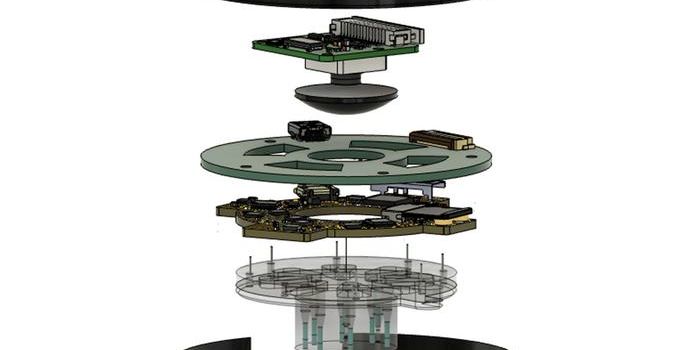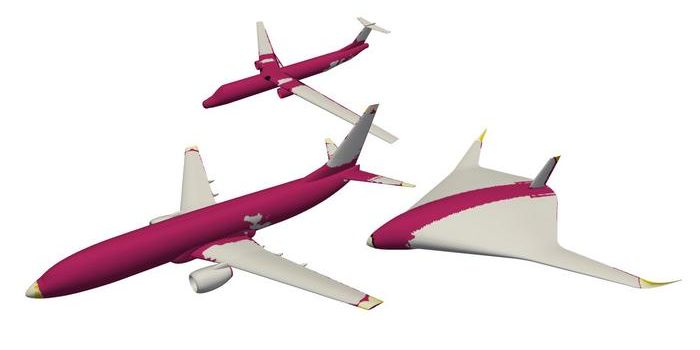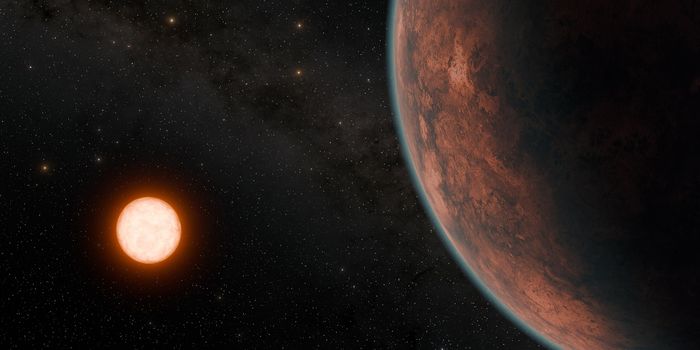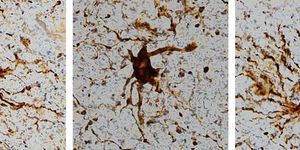Can we promote the hydrogen economy without fossil fuels?
New research published in Angewandte Chemie International Edition reports a novel approach to producing hydrogen sustainably. Although many are excited about the potential of hydrogen as a fuel for vehicles, hydrogen production currently relies on conversion processes that are heavily fossil-fuel based. Thus, while the idea of a hydrogen economy is alluring as a path toward decarbonization, the reality of it is still lacking.
The approach developed by ITQB NOVA researchers Inês Cardoso Pereira and Mónica Martins uses a biohybrid system that produces hydrogen from light using non-photosynthetic microorganisms. Cardoso Pereira, who is head of the Bacterial Energy Metabolism Lab, comments:
"The development of biohybrids is a very exciting new area of research, where we can combine the high catalytic efficiency and specificity of biological systems with synthetic materials that have outstanding performances in capturing solar or electrical energies. This field is growing rapidly and the most promising approach is to combine intact microorganisms with nanoparticles produced at their surface, which allows direct energy transfer between them.”
As Cardoso Pereira explains, the system works by combining high hydrogen producing non-photosynthetic bacteria with self-produced cadmium sulfide (CdS) semiconductor nanoparticles that are very efficient in capturing light. The authors write:
“We investigated light‐driven H2 production by three novel organisms, Desulfovibrio desulfuricans, Citrobacter freundii, and Shewanella oneidensis, self‐photosensitized with cadmium sulfide nanoparticles, and compared their performance to Escherichia coli. All biohybrid systems produced H2 from light, with D. desulfuricans‐CdS demonstrating the best activity overall and outperforming the other microbial systems even in the absence of a mediator. With this system, H2 was continuously produced for more than 10 days.”
These results offer hope for an approach that is inexpensive and sustainable. "This new biohybrid system is strong candidate for the development of a bioreactor prototype for greener H2 production" concludes Martins.
Sources: Angewandte Chemie International Edition, Eureka Alert








